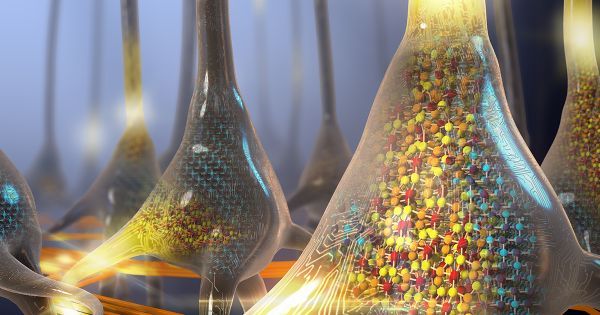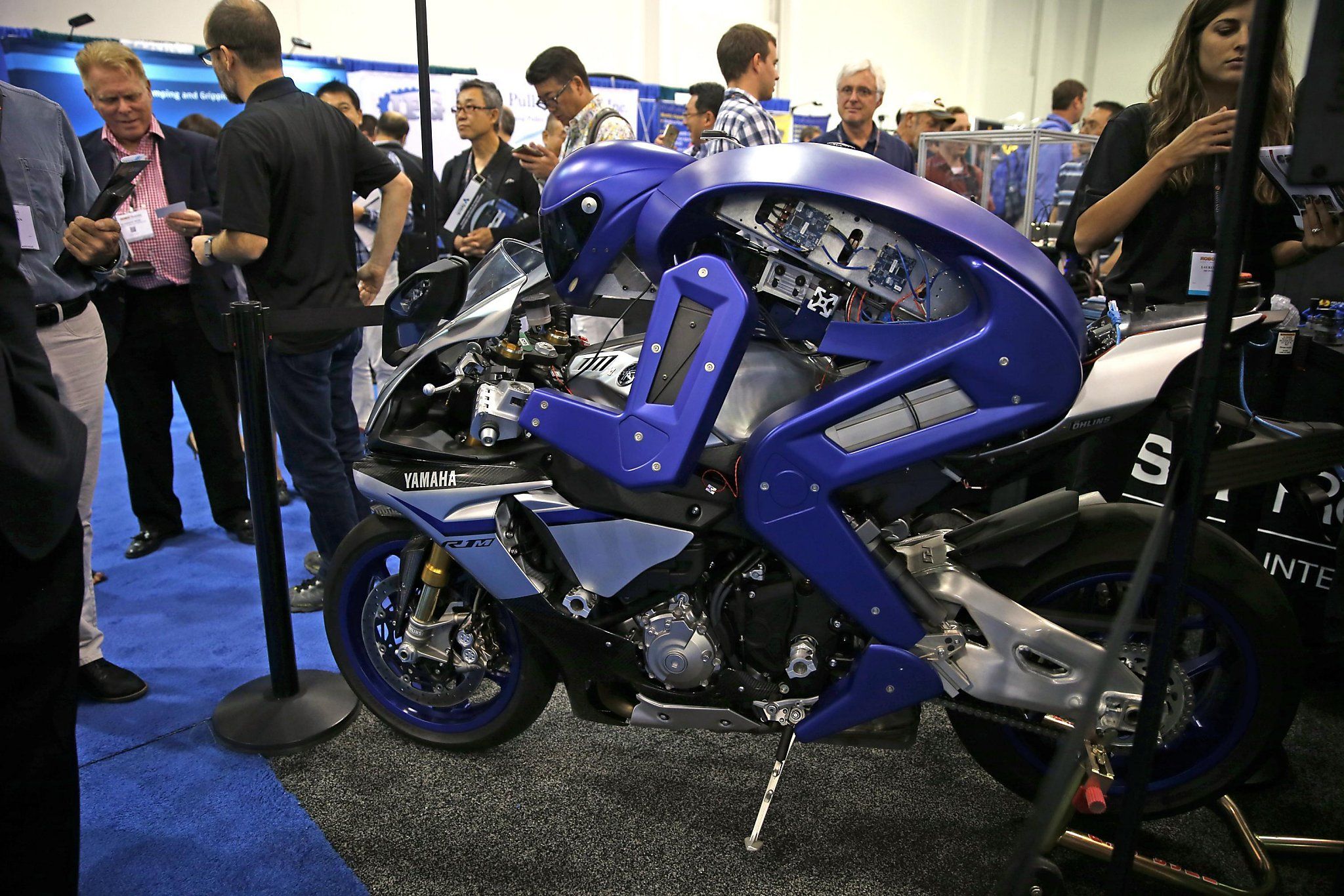Sep 30, 2016
IBM Just Made Artificial Neurons to Help Computers Mimic Our Brains
Posted by Elmar Arunov in categories: computing, neuroscience
In Brief.
Scientists at IBM achieve another breakthrough by recreation of artificial neurons that successfully respond to phase changes due to electric signals while using very little power, much like the human brain.
Even after all the developments in computers, the human brain remains by far, the most complex, sophisticated, and powerful computer in existence. And for decades, scientists have been looking for ways to translate its processing mechanisms into a system that machines can replicate.
Continue reading “IBM Just Made Artificial Neurons to Help Computers Mimic Our Brains” »

















